
It’s been 50 years since man last set foot on the Moon, and as of this week, we’re officially going back.
With NASA’s new series of Artemis missions, the first of which launches Wednesday 16 November, humankind is aiming to go venture than ever before: deep space orbit, semi-permanent lunar settlements, and the one we’ve all been waiting for, Mars.
“Unlike the times we’ve done this in the past, this feels like it’s actually going to work,” John Connolly tells UNILAD.
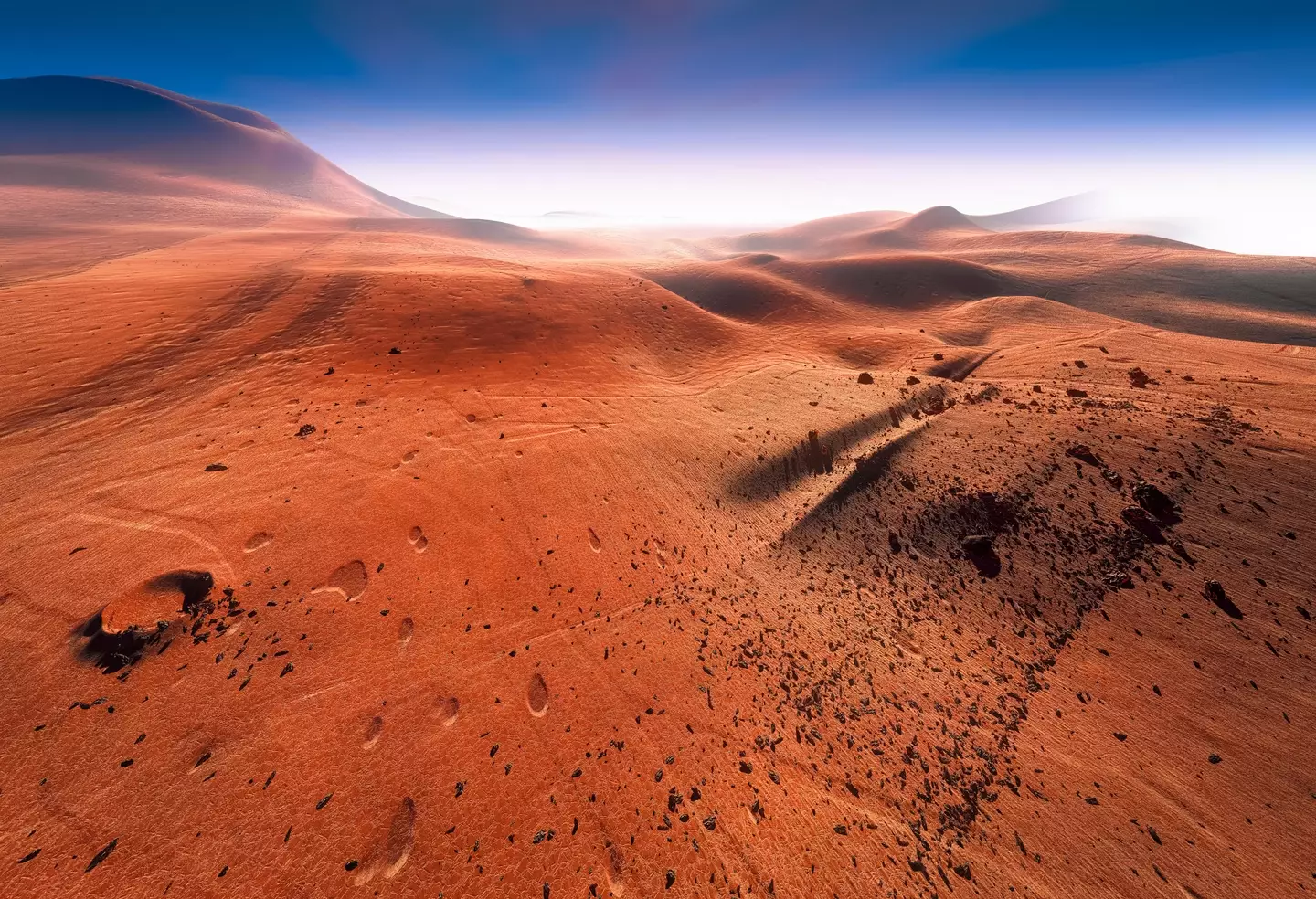
Advert
The NASA engineer has been with the space agency for 35 years and is currently working on Artemis, its upcoming series of missions. The project began in 2017 and is scheduled to make its first launch, Artemis 1, on Wednesday at 1:04am EST (6:04am GMT) from Florida’s Space Coast.
It’s the first instalment of a long-term operation NASA hopes will last for decades to come and, hopefully, pave the way for landings on the Red Planet.
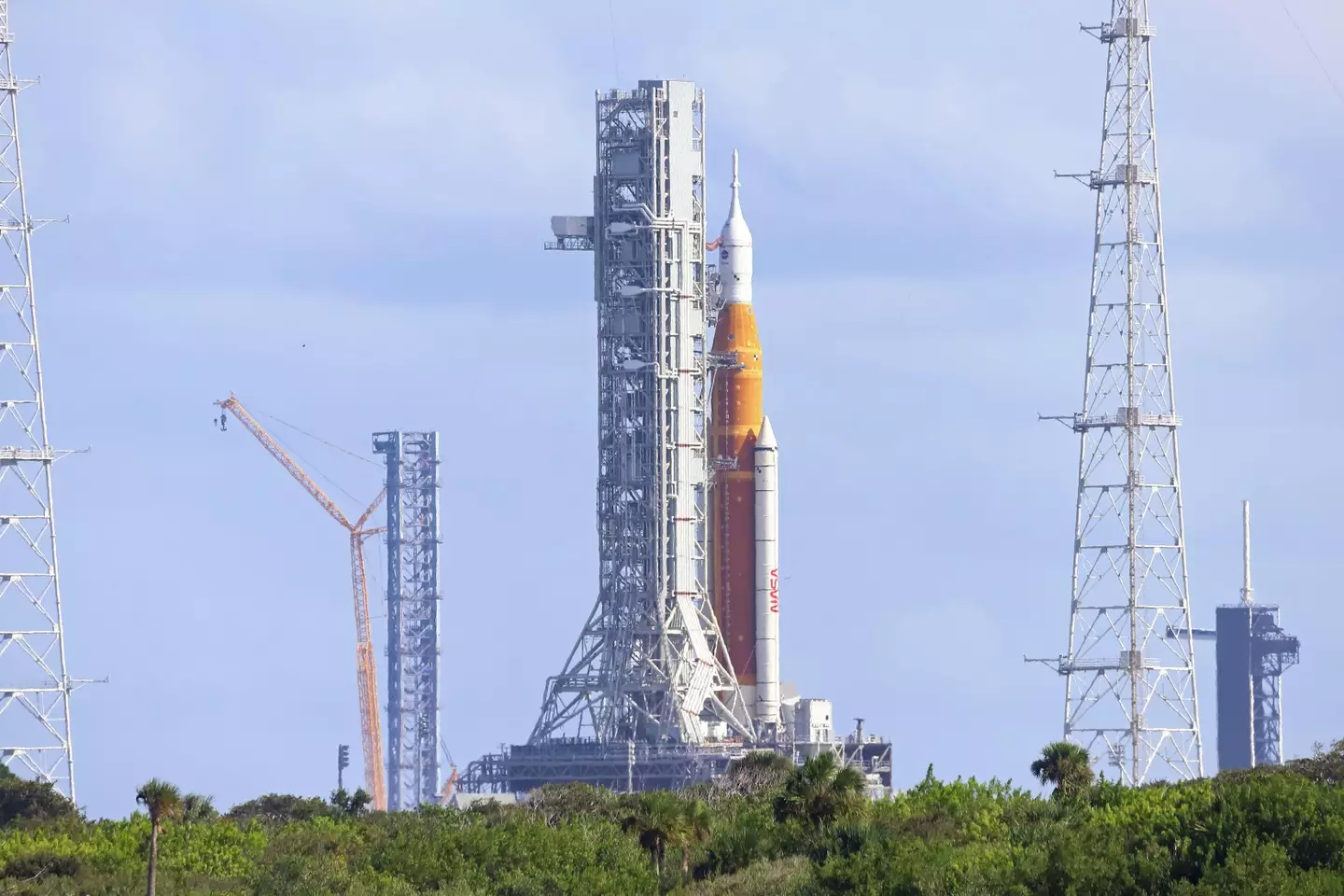
Mars is in our ‘critical path’
“The long-term goal is to put humans on Mars,” says Connolly, who formerly headed the mission group for doing just that. “It’s been a constant goal of NASA’s since the Apollo missions.
Advert
“This is the closest we’ve ever been. It still could be 20 years away, maybe even less, but it is now truly in the critical path of NASA.”
The objective of such a mission would be to figure out whether there are natural resources there that could sustain life, past or present.
“The idea of finding water is important to us,” Connolly says. “Finding water is more important than finding gold. You can sustain humans and even make rocket fuel from water.
“When the American explorers went west, they didn’t cut trees on the east coast and drag them out, they used resources there,” Connolly adds.
Advert
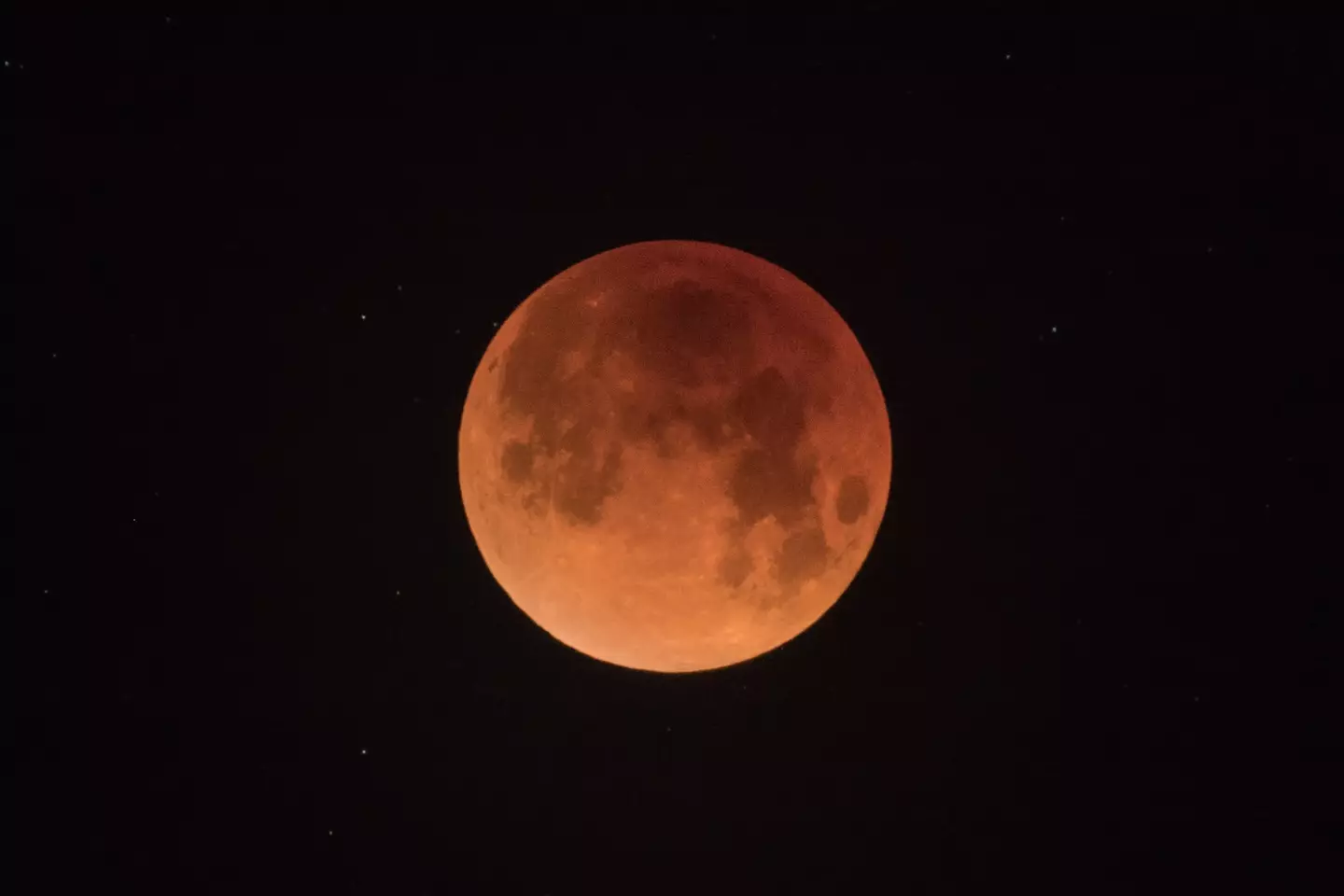
The immediate future
“These first three phases [of the Artemis missions] are what will return us to the Moon,” Connolly explains. Artemis 1 will see the unmanned testing of NASA’s brand new, yet-to-fly, Space Launch System (SLS) rocket and deep space vehicle Orion, which is “like the Apollo machine, but much bigger”.
The SLS has been designed much like Saturn V – the rocket used in the 1969 Moon landings – but “sized up for bigger things, like eventually pushing out to Mars”.
Advert
First, however, NASA’s sights are set on our own moon. Artemis 1 can last up to 45 days, and will pave the way for Artemis 2 (“almost the same thing, but now with a crew aboard”).
Artemis 2, which will launch no later than 2024, will put four crew members in orbit of the Moon via the Orion capsule on top of the SLS rocket, venturing further into space than humans have ever been before.
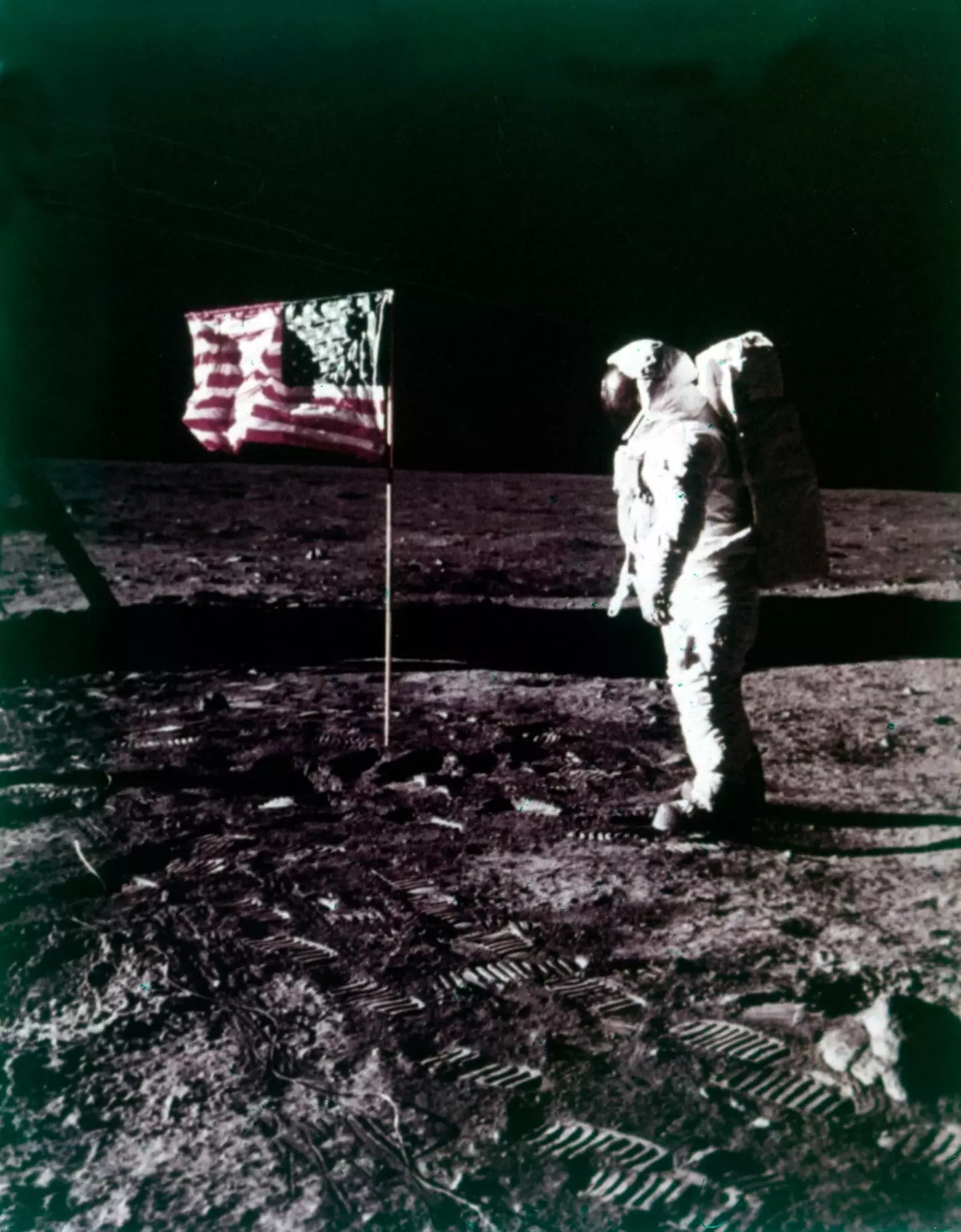
NASA is planning to follow a path known as near-rectilinear halo orbit (NRHO), which will allow the craft to never be out of communication with Earth, in the ‘milestone mission’.
Advert
The third phase will see Artemis 3 ‘add the lander’ to Artemis 2 with a view to getting human feet back on the moon in what insiders are calling ‘the big mission’. Once there, astronauts will spend time testing technology and collecting samples, ultimately figuring out what it will take to establish a ‘semi-permanent settlement’ on the Moon that will be crucial in laying the groundwork necessary for a voyage to Mars.
While they’re not yet publicly tangible, NASA already has eyes on Artemis 4, 5, 6, and beyond, where there will be opportunities for ‘lots of different people’ to visit space.
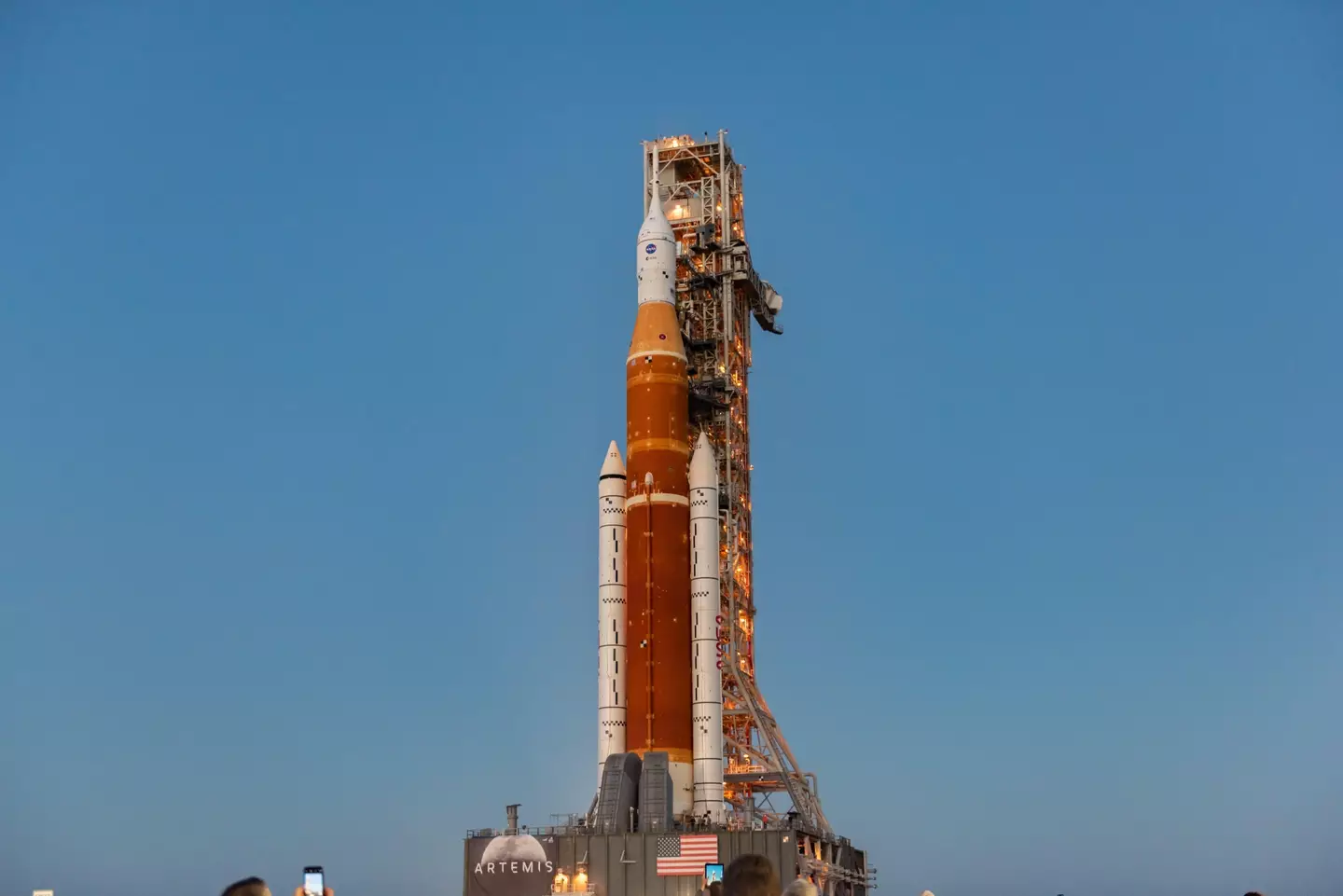
What's next?
Future missions to Mars will go ‘a thousand times’ further and run ‘one hundred times’ longer than upcoming journeys to the Moon, which will serve as a sort of litmus test, Connolly says. They’ll enable us to see how sustainable human habitats are in space, and test resource extraction machines, power systems, rovers, and other technologies.
Advert
But Connolly says NASA’s current focus is seeing the Artemis missions through to their success, citing “science, technology, economic benefits, and just plain inspiration” among the benefits.
As the era of Artemis officially lifts off this week, there’s a lot at stake. This is a new era of space travel. In just 20 years we could see humankind breaking completely unthinkable frontiers, and exploring our great red neighbour.
“Exploration is about looking outward,” Connolly says. “But in the process of doing this, we’ll also uncover new technologies that will help us on Earth.”
